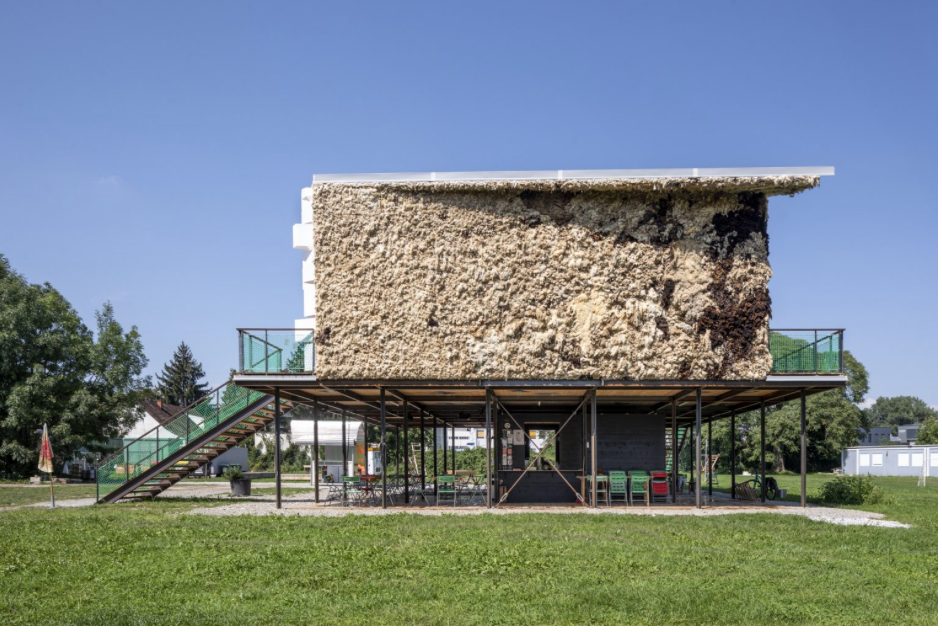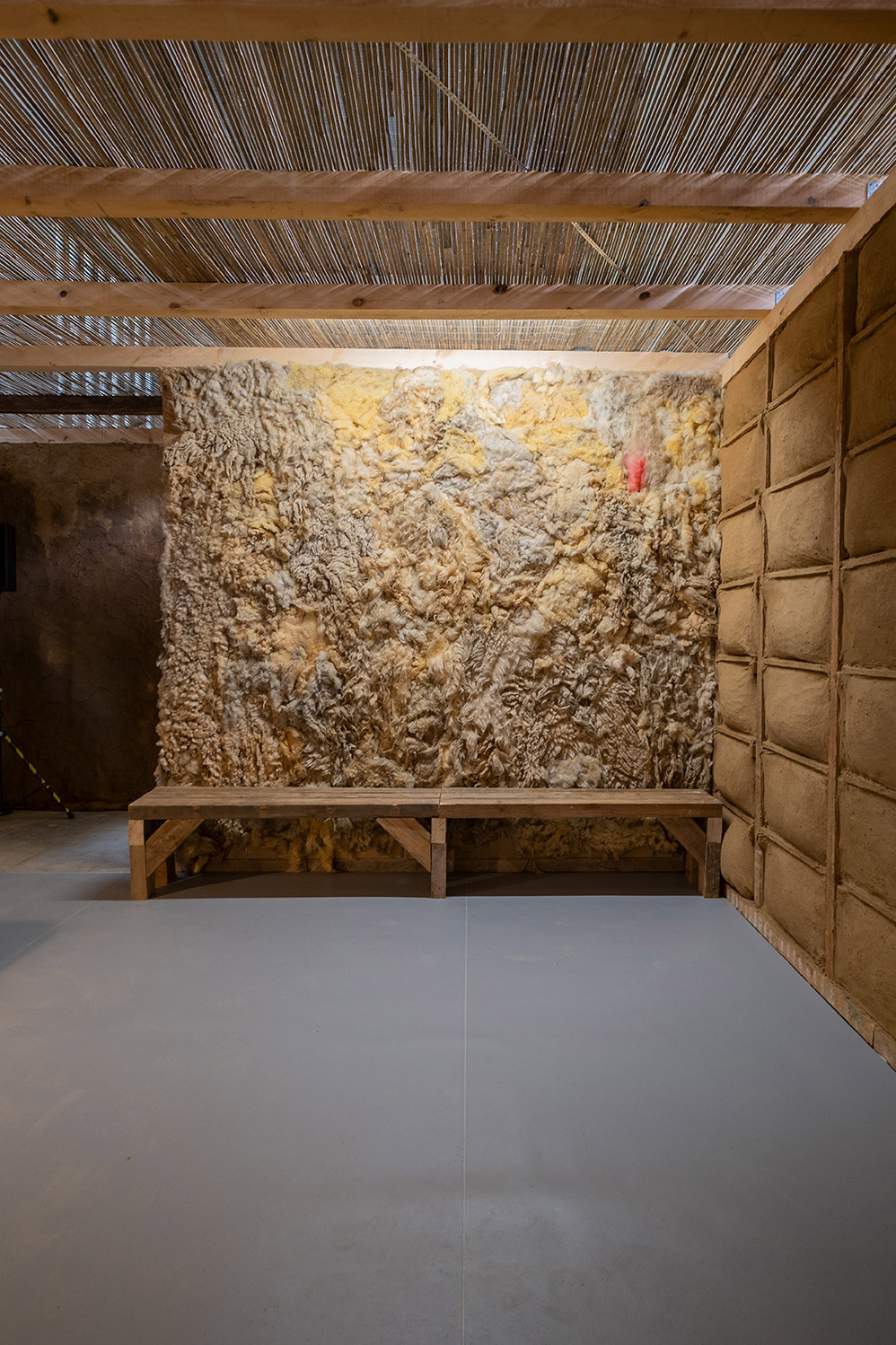
Folke Köbberling
Raw wool, an underestimated resource
Wool is a natural product that we humans have been using for thousands of years knew how to use. In the 21st century, sheep are used in Germany for landscape maintenance and on fields and dykes to prevent erosion. Today, as then, the animal produces wool, so it has to be shorn once a year. Shearing used to be financially profitable and was a large part of the shepherd’s income. But a lot has changed in the meantime. The domestic wool is too coarse and rough for the requirements of the textile industry. The infrastructure for processing the wool, which is first washed, then combed and spun, has disappeared from Europe. The clothes that we can buy here in the shops are made from Australian, New Zealand or South African sheep’s wool, which is processed in Southeast Asia. The result is a falling wool price per kilo in Germany.
A sheared wool weighs about 4-5 kg. The shearing costs per animal are around 3-4 €. But in the market, the wool allowance is 10-40 cents per kilo. In addition, when the wool is disposed of, it is considered hazardous waste and its disposal means additional costs. According to the Animal Welfare Carcass Act, wool has to be disposed of these days.
So the question is: What can we do to put this valuable raw material to good use again? Therefore, raw wool is an exciting field of research from an artistic, creative and architectural point of view, which not only belongs scientifically but also aesthetically. For several years I have been exploring raw wool, a material – that insulates, acoustically filters, scents, greases, heals, warms and insulates – to develop new ways of giving this wonderful material a new use. By adding excavated earth, sculptural, constructive, acoustic and insulating possibilities are examined. One possibility is the production of noise barriers from sheep’s wool. Further use as an absorber material makes an alternative possible, since synthetic substances have been used there up to now. The noise barriers that run along railway lines are filled with synthetic materials and easily replaced with sheep’s wool. Sheep’s wool has the advantage that it can be compostable, untreated and a habitat for insects. The structure in the Uferhallen consists of noise protection walls, which will be set up later on the Tempelhofer Feld and from research results of the Institute for Architecture-Related Art TU Braunschweig. At the same time, it is a room that invites you to linger.




